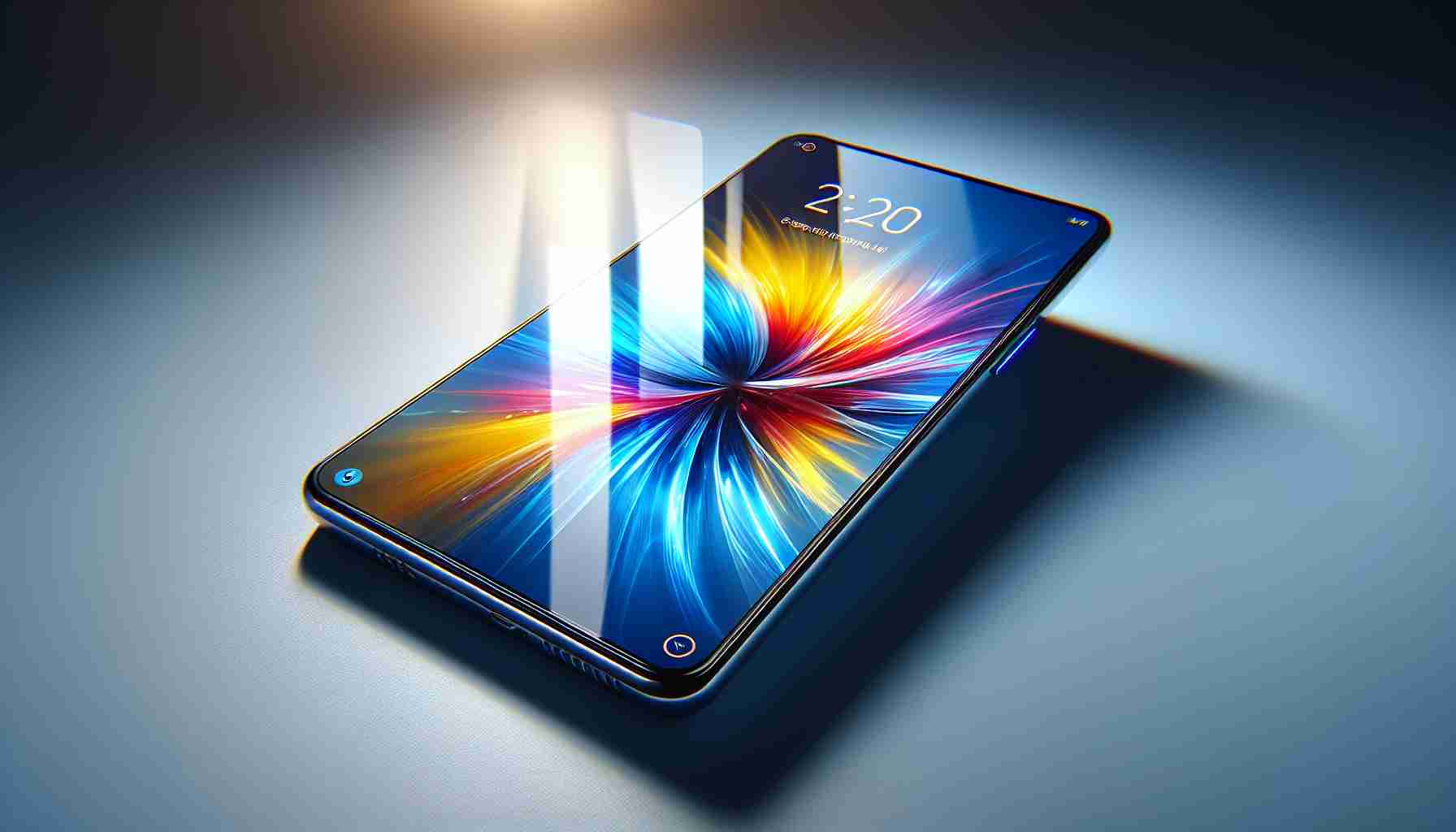A Breakthrough Innovation: Researchers have developed a groundbreaking type of glass that can heal itself upon contact with water. This new discovery holds immense promise for the future of smartphone technology, especially for foldable devices like the anticipated iPhone by Apple.
The Science Behind It: By blending amino acid chains with water, a rigid glass-like substance is formed. The water acts as a bonding agent for the peptide molecules, transforming them into a transparent glass material. The resulting glass not only remains see-through under normal lighting conditions but also has a refractive index similar to conventional optical glass.
Self-Repairing Properties: Remarkably, this peptide glass can mend cracks and scratches with just a few drops of water. The moisture provided facilitates the disappearance of any blemishes or dents, effectively restoring the glass to its original state.
Challenges and Future Prospects: While this innovation shows immense potential, challenges remain in mass production and application. Controlling the curvature of this material and preventing dehydration-induced cracks are key areas that researchers are actively working on. Furthermore, safeguarding against water intrusion into the internal components of smartphones will be crucial for successful integration of this self-healing glass technology.
Additional Facts: Self-healing glass technology is not limited to just smartphone screens. It has also shown potential applications in other industries such as automotive (for car windshields) and electronics (for touchscreens and displays). Research is ongoing to explore the adaptability of this innovation across various consumer products to enhance durability and longevity.
Key Questions:
1. How does the self-healing process work at the microscopic level?
2. What are the long-term durability and performance metrics of self-healing glass compared to traditional glass screens?
3. Are there any potential health or environmental concerns associated with the materials used in self-healing glass technology?
Key Challenges and Controversies:
– One major challenge is ensuring the scalability of self-healing glass production for commercial use, as maintaining consistent quality in mass production can be complex.
– There may be concerns about the cost-effectiveness of implementing self-healing glass technology in smartphones and other devices, which could impact consumer adoption rates.
– Controversies may arise regarding the impact of self-healing glass on repairability and third-party repair services, as the technology’s integration might require specialized knowledge and tools.
Advantages and Disadvantages:
Advantages:
– Enhanced durability: Self-healing glass can prolong the lifespan of devices by repairing minor damages, reducing the need for replacements.
– Improved user experience: Users can enjoy smoother screens and reduced visibility of scratches, enhancing the overall aesthetics of their devices.
– Potential cost savings: By minimizing the frequency of screen repairs or replacements, consumers could save money in the long run.
Disadvantages:
– Complexity in manufacturing: Developing self-healing glass at scale may require intricate production processes and quality control mechanisms.
– Compatibility issues: Integrating self-healing glass into existing smartphone designs could pose compatibility challenges with other components.
– Environmental impact: The production and disposal of self-healing glass materials may raise sustainability concerns if not managed responsibly.
Related Links:
Apple
